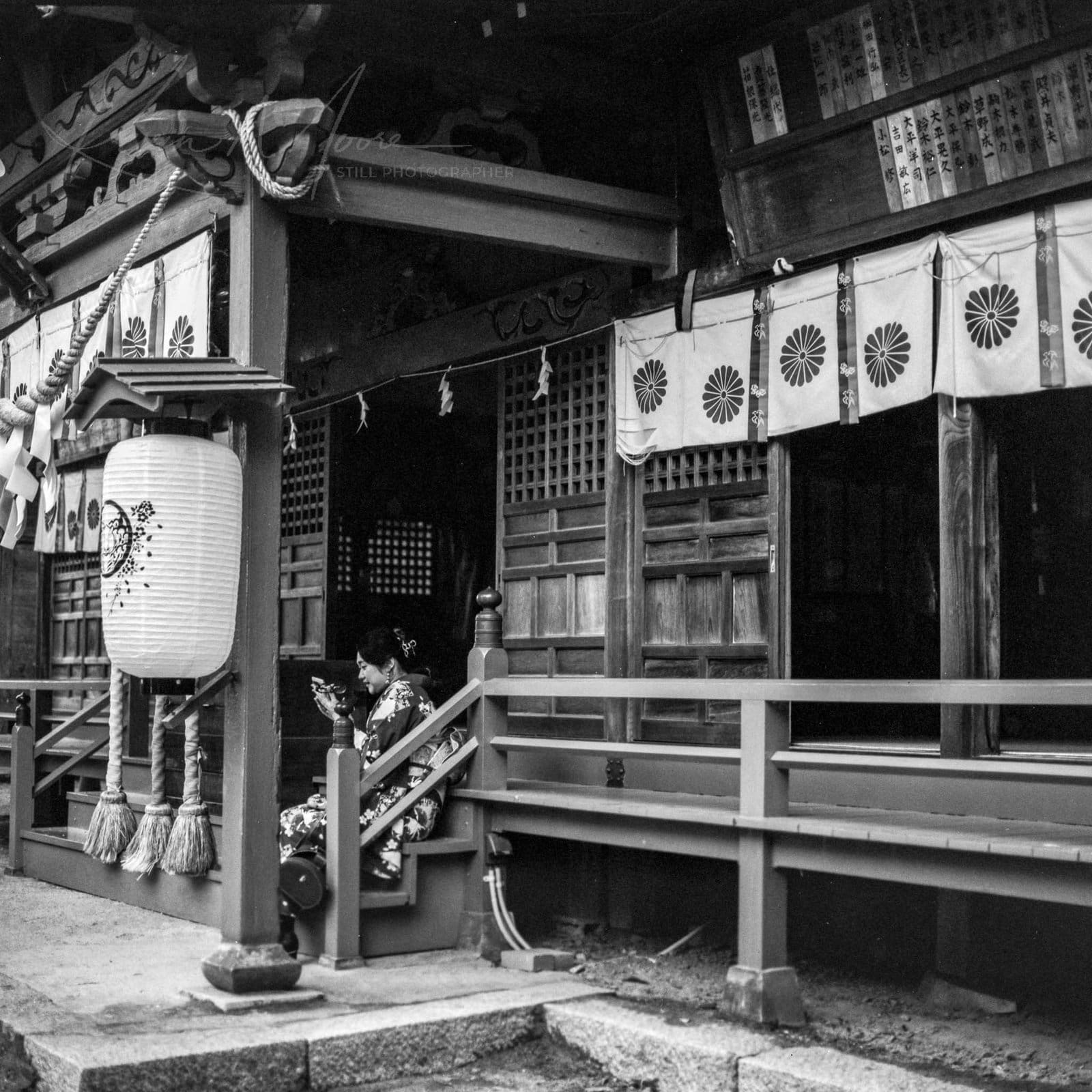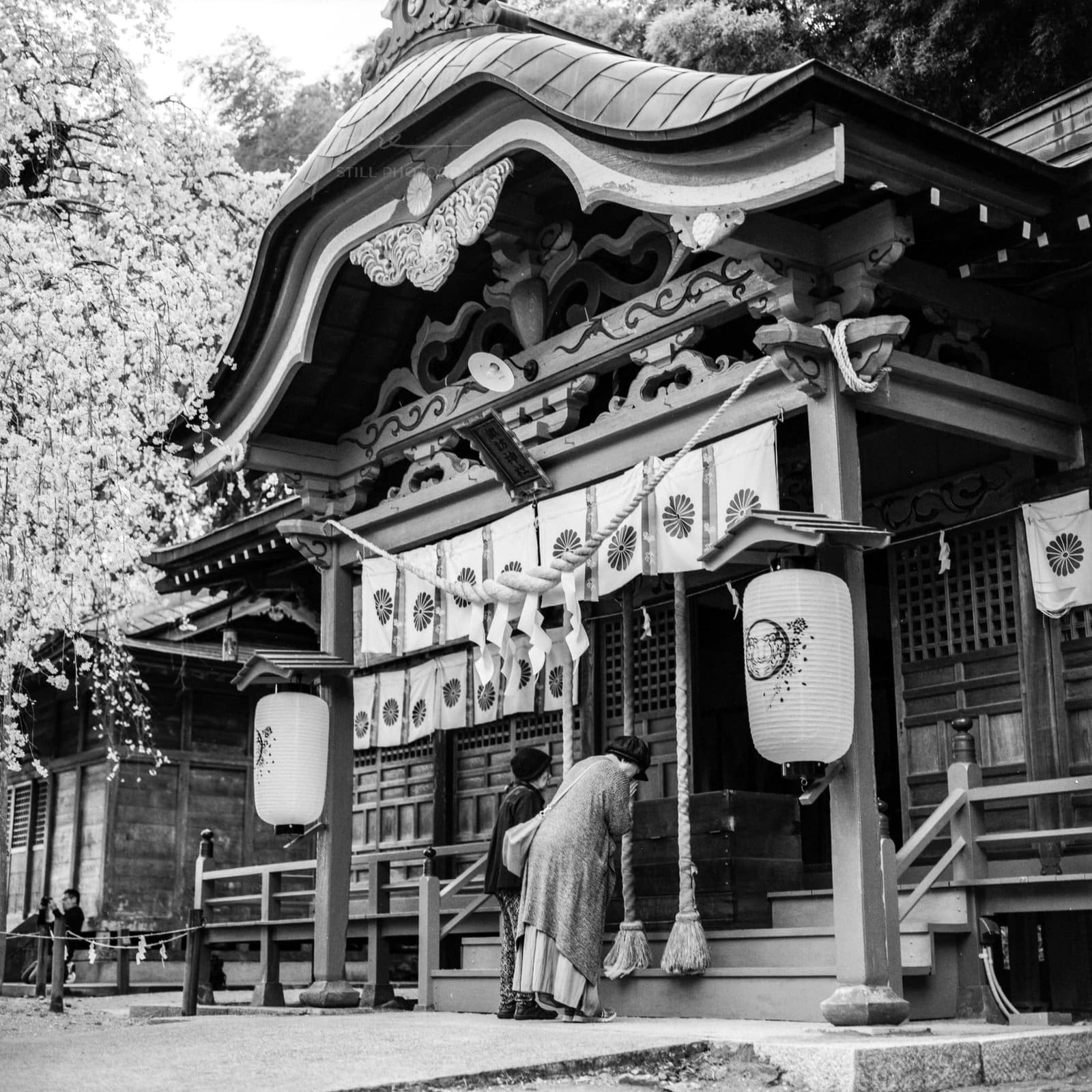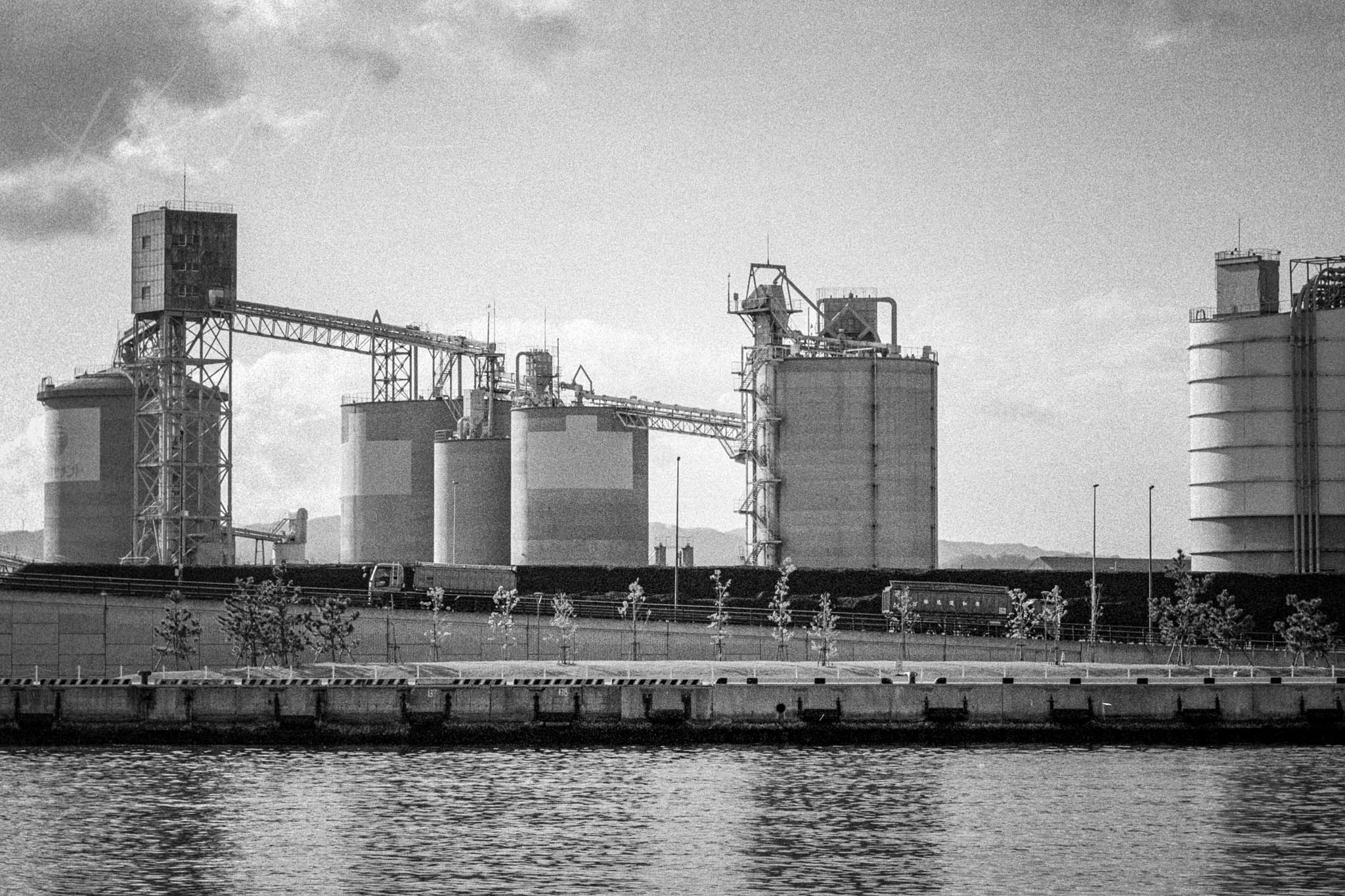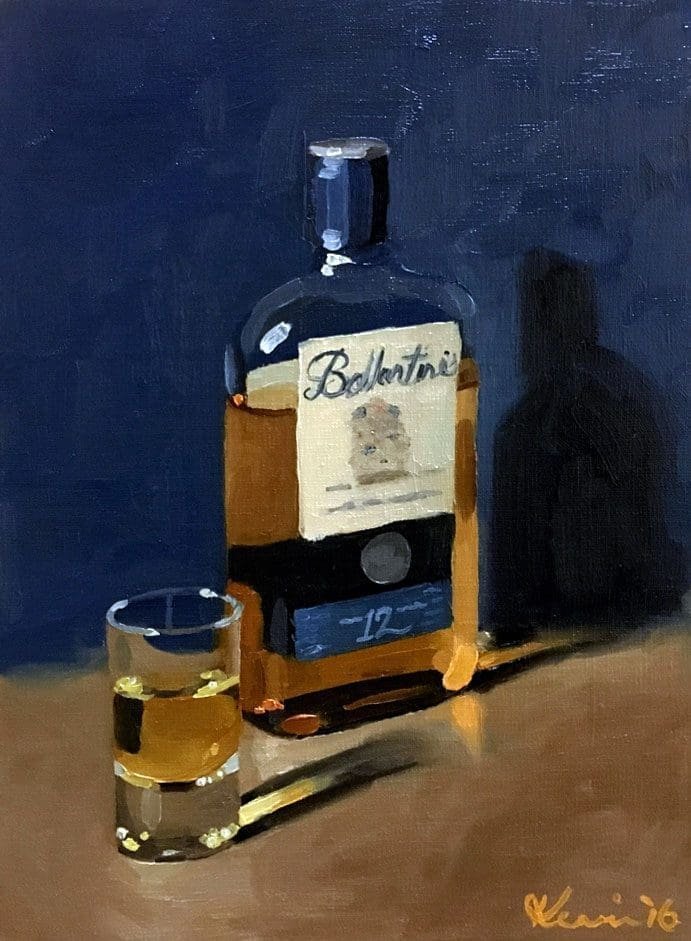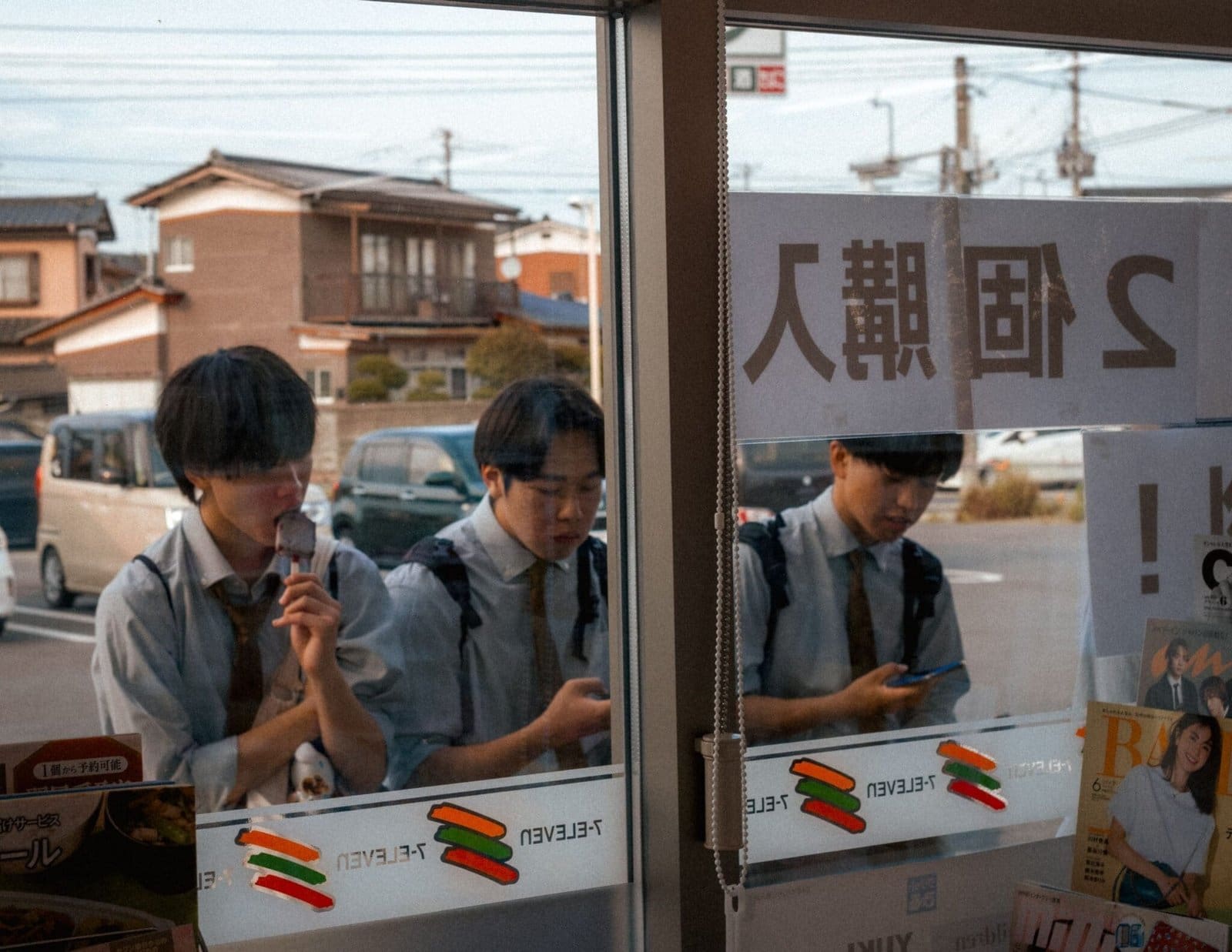
I recently captured this candid moment in Iwaki, showcasing the essence of urban Japan street photography. Three schoolboys were taking a break outside a 7-Eleven, and their relaxed postures and expressions really caught my eye. The everyday setting of a convenience store adds a relatable touch, grounding the scene in reality.
Key Highlights
- Authentic Setting: The 7-Eleven backdrop is a familiar sight in Japan, making the scene feel genuine.
- Candid Vibes: The boys, with their untucked shirts and casual stances, perfectly embody youthful relaxation.
- Intimate Framing: Shooting through the store window creates a sense of depth and draws viewers into the moment.
- Natural Light: The soft, natural light enhances the warmth and tranquility of the scene.
Behind the Shot
Street photography is all about capturing those unguarded, everyday moments. Truth be told, I just went to the local 7-11 to pick up some snacks. The weather was nice, so I brought my Leica M11 and a 35mm Summicron lens with me, thinking no way would I get anything in the one block I had to walk. I captured this from inside the store, I’m sure a few other customers may have thought was weird to be taking a pic from within the store. Photographically, I made one almost critical mistake. That being, I thought I had ISO set to AUTO but actually had it accidentally set to ISO 64. I had the aperture set to f 5.6, the shutter speed to 1/250 seconds, and the light was not really sufficient so the original image came out really dark. But ISO 64 has almost no grain and Lightroom easily pulled this photo out of the dark.
Conclusion
Photography, especially street photography, can transform an ordinary scene into an interesting narrative. Perhaps this image invites us to appreciate the simple, remember the days of our own youth and appreciate peaceful moments in our busy lives.
Connect with Me
If you enjoyed this glimpse into urban Japan, explore more of my street photography and follow me on Instagram.

